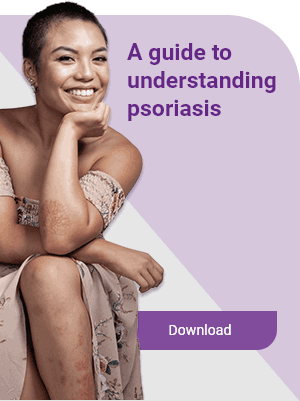What are the types of psoriasis?
There are many different types of psoriasis.6 Below shows a description of some of the most common forms of psoriasis. A qualified healthcare professional will be able to help you diagnose which type(s) of psoriasis is impacting you and the differences of each.
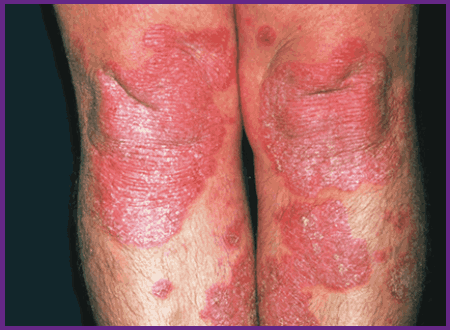
Plaque Psoriasis
This is the most common form of psoriasis and affects 9 in 10 people who live with psoriatic conditions. Plaque psoriasis is defined by dry, red lesions (plaques) covered in silver scales. The plaques most commonly occur on the elbows, knees, scalp, and lower back. They can be itchy or sore – or both.6,7

Scalp Psoriasis
This type is mostly found on the scalp and is characterised by red patches of skin covered in thick, silvery-white scales. While it can be extremely itchy, some people experience no discomfort. In extreme cases of scalp psoriasis, some people can experience temporary hair loss.6,9
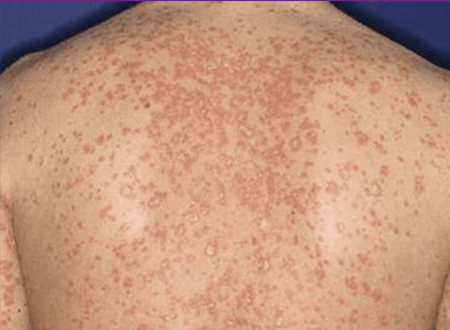
Guttate Psoriasis
This form of psoriasis most often affects younger people, primarily appearing on the chest, arms, and legs. It causes small, drop-shaped lesions over the body, covered in fine scales.6
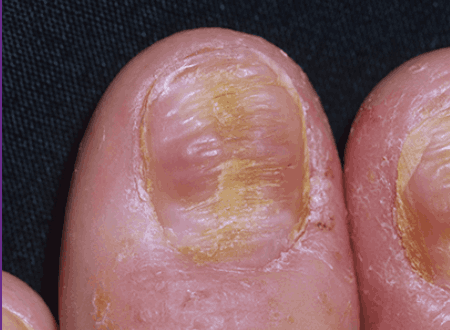
Nail Psoriasis
This form of psoriasis is characterised by tiny dents, discoloration and abnormal growth of the nail and its bed. This leads to the nails separating from the nail bed or crumbing of the nails.6
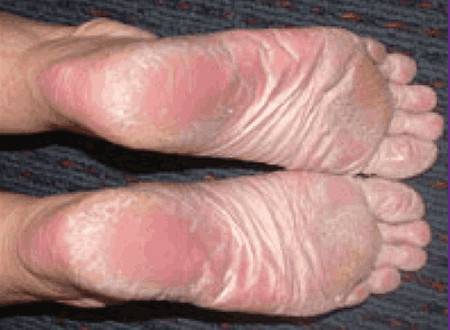
Palmoplantar Psoriasis
This appears on the palms of the hands or soles of the feet. It can also be characterised by scaling, redness, or pustules (small blisters or pimples on the skin containing pus). This is also a less common form of psoriasis compared to others.10
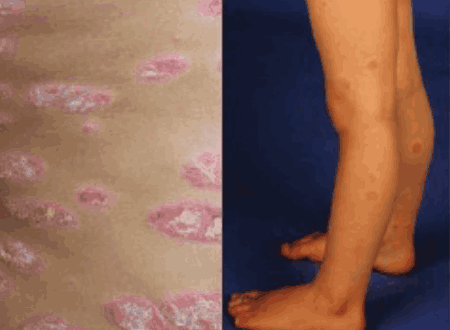
Paediatric Psoriasis
Children diagnosed with psoriasis can present with similar symptoms to adults. Early diagnosis and management is very important to children with psoriasis as it can have an impact on other physical conditions such as obesity and high blood pressure, and importantly can have significant impacts on their mental health and wellbeing.11,12
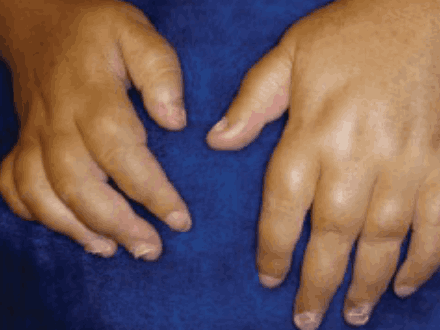
Psoriatic Arthritis
Some people who have psoriasis can also develop psoriatic arthritis. It can take about 5 - 12 years to develop after having psoriasis. It can start with swollen joints and pain in large and small joints. Some people may also experience stiff joints when they wake up.14
*Image courtesy pf Professor J Prinz.
†Image courtesy of DermNet NZ.

